#phil saunders
Text

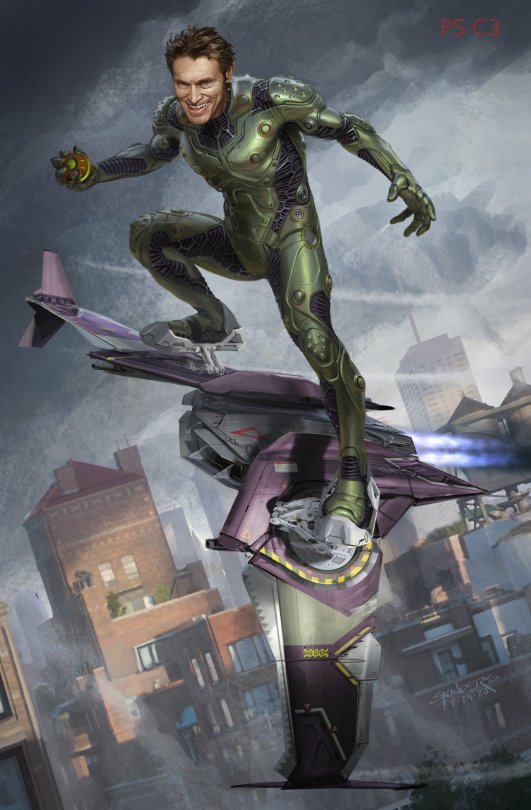
Spider-Man: No Way Home (2021) Concept Art by Phil Saunders
76 notes
·
View notes
Text
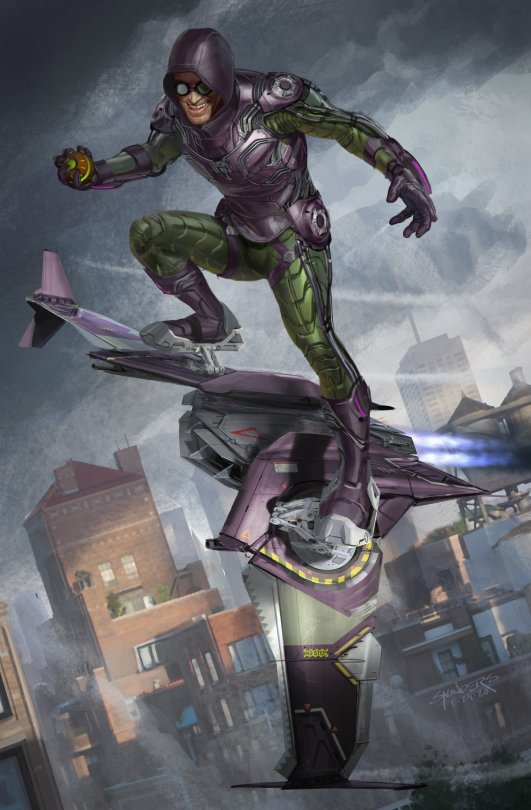
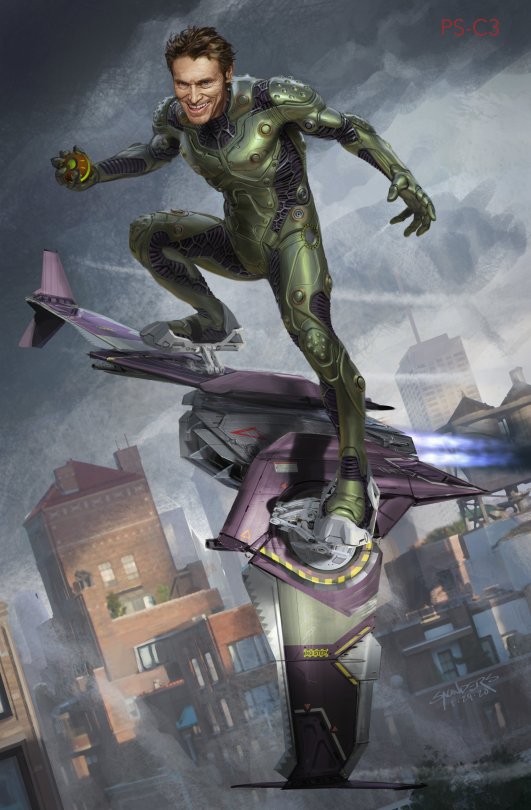
Spider-Man: No Way Home (2021) Concept Art by Phil Saunders
MCU
31 notes
·
View notes
Text
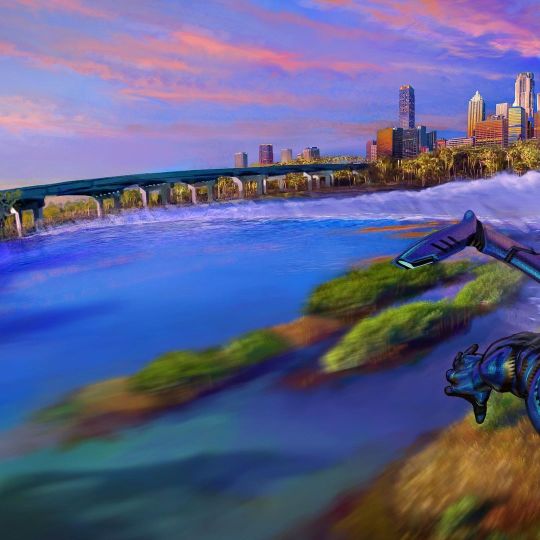


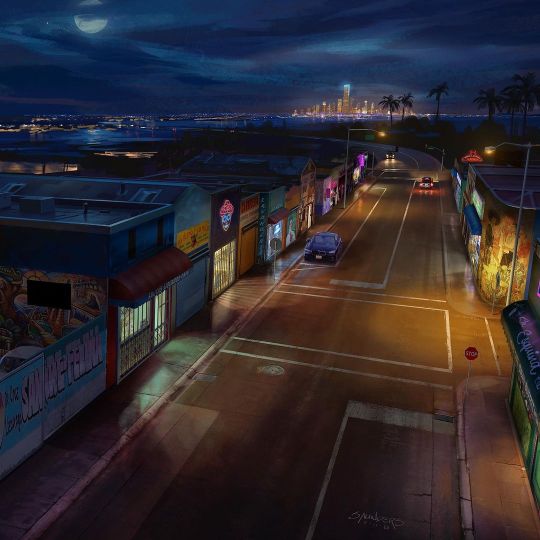



Blue Beetle Pitch Art by Phil Saunders
This art was used as part of a pitch by Writer Gareth Dunnet-Alcocer and Producer Zev Foreman
They wanted three images that would capture the spirit of the movie to help get a green light from the studio. This first one expresses the joy and freedom of Jaime’s first flight. Zev and Garrett really wanted a hyper-saturated color palette in the spirit of Miami’s North Beach.
A lot of fun evoking Jaime’s connection to the spirit and culture of the Keys, so close and yet so far from Kord and Palmera City. Writer @gdunnetalcocer had such a clear eye for all the little cultural cues, (such as the right way to eat a taco!) it was an immense pleasure to get notes. It was also a blast getting a first crack at iconic designs such as the suit and the Bug Ship.
The last of three images I did for @zforeman to pitch #bluebeetle to the studio. I really loved the POV of this shot suggested by writer @gdunnetalcocer, focusing less on the battle between #bluebeetle and #carapax, but on what it means to the community to have a hero of their own. I really wish this moment could have been in the final film. (And I love that the girl is the only one to have the good sense to be concerned 😂)
32 notes
·
View notes
Text

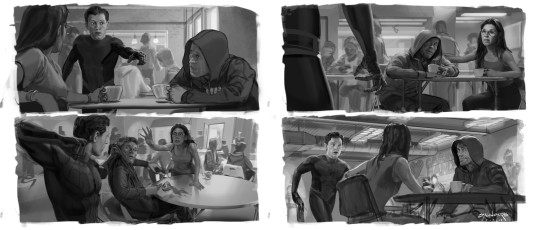



Spiderman: No Way Home by Phil Saunders
#phil saunders#spider man no way home#spider man nmh#spider man#action movies#sci-fi movies#concept art#artwork#marvel#mcu
27 notes
·
View notes
Photo


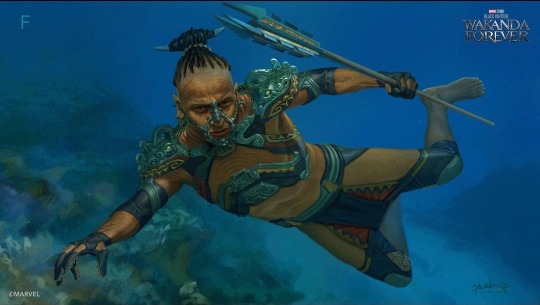
"I wanted to suggest specialized and aesthetic advancement and sourcing of aquatic textiles while keeping a clear link to the culture and design of the Maya in the 500 years.”
Phil Saunders on Talokan concept art for Black Panther: Wakanda Forever
26 notes
·
View notes
Photo


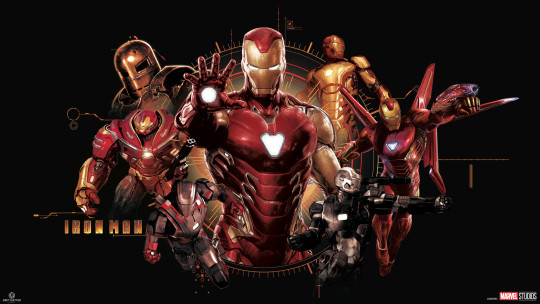

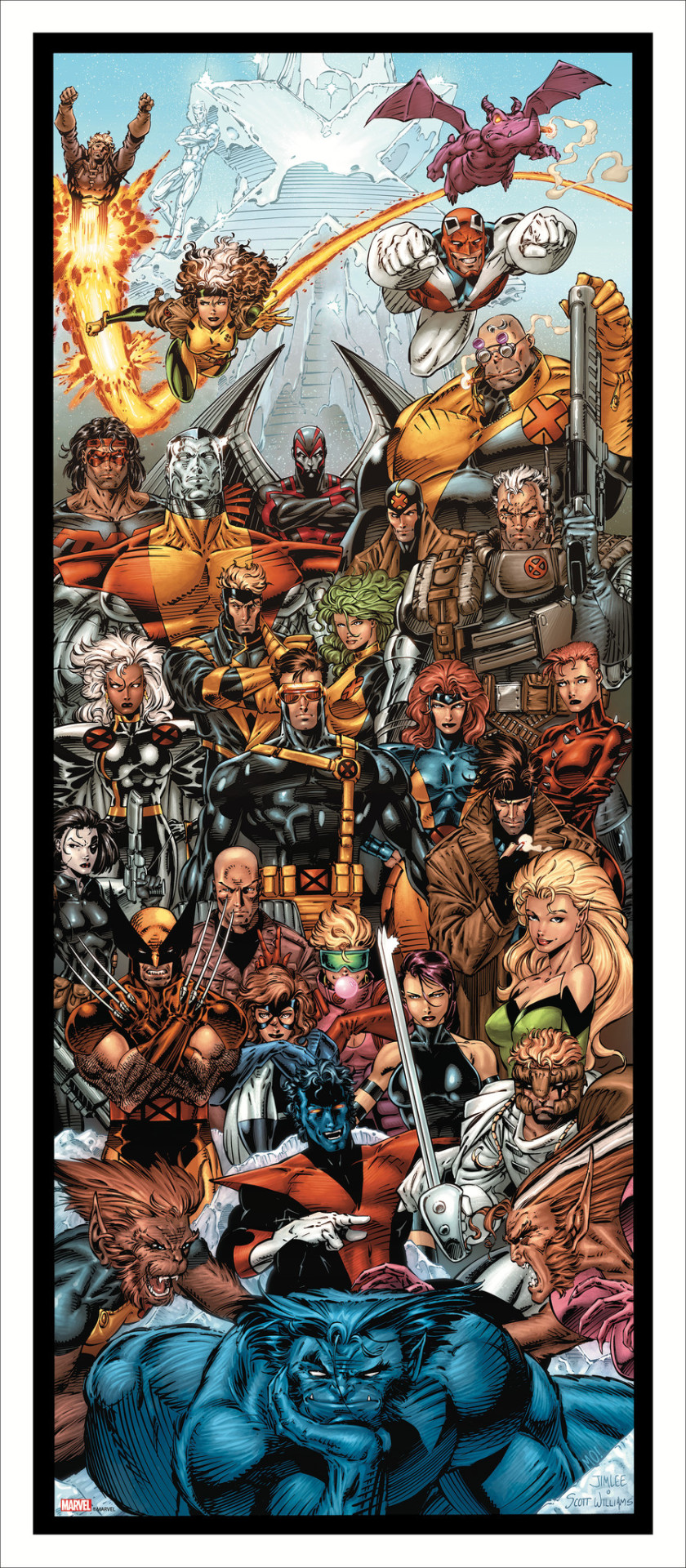

Grey Matter Art San Diego Comic Con 2022 exclusive online prints ~ Day 3.
'Iron Man' by Juan Ramos.
Officially licensed 36" x 24" screen print, in numbered Rainbow Holo Foil edition of 200 for $50, and a numbered Glow In The Dark edition of 175 for $75.
'Iron Retrospective'.
Officially licensed 24" x 14" giclee print, in a numbered limited edition of 200 for $50.
'X-Men' by Jim Lee & Scott Williams.
Officially licensed 14" x 32" giclee print, in numbered Classic & Remastered editions of 275 for $50 each; a matching numbered Classic & Remastered 2 print set for $90; numbered Silver Metallic Classic & Remastered editions of 225 for $65 each; and a matching numbered Silver Metallic Classic & Remastered 2 print set for $120.
The first 100 orders on Day 3 with recieve a 13" x 18" 'Hulkbuster concept art giclee print by Phil Saunders.
On sale Saturday July 23 at 1pm ET through Grey Matter Art.
#Art#Grey Matter Art#San Diego Comic Con#SDCC#Iron Man#Juan Ramos#X-Men#Jim Lee#Scott Williams#Marvel#Marvel Studios#Marvel Comics#Comics#Comic Art#poster#print#giclee#screenprint#Hulkbuster#Phil Saunders
35 notes
·
View notes
Photo

2 notes
·
View notes
Photo
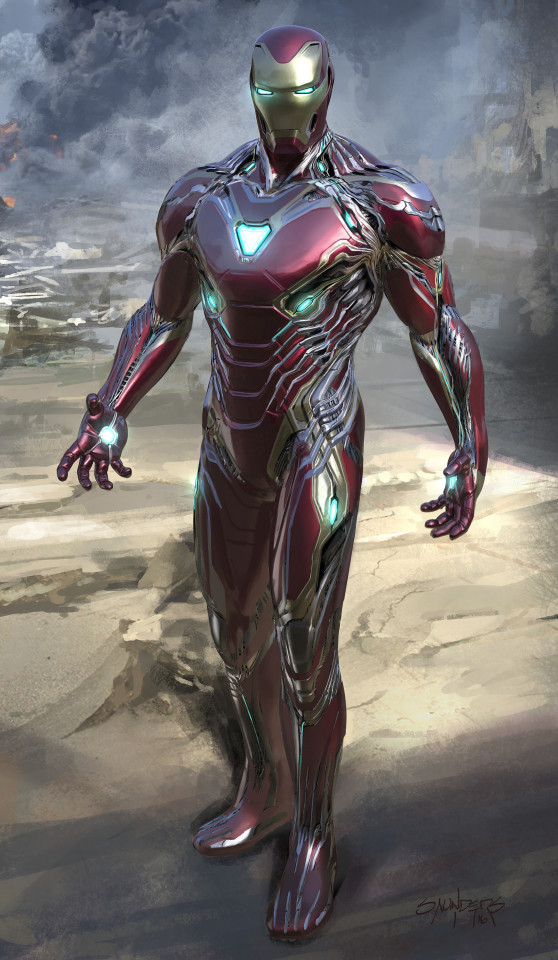
Endgame - Early Mk 50 Upgrade Concept Art by Phil Saunders
17 notes
·
View notes
Text

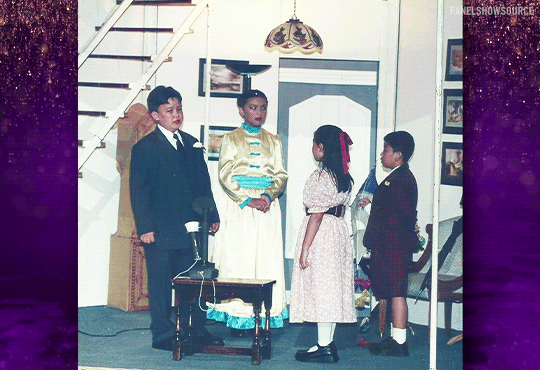
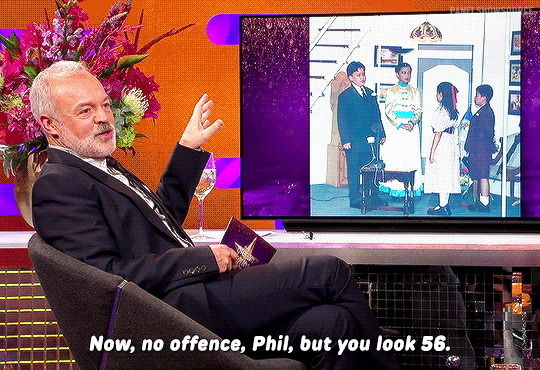


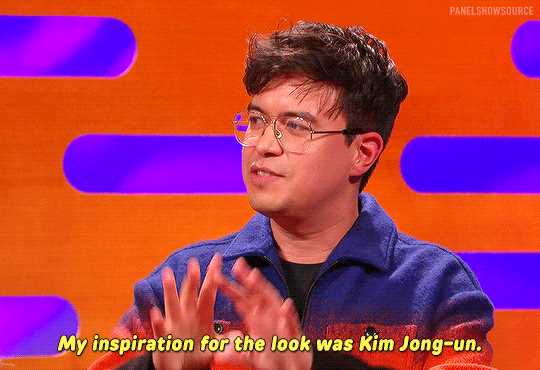

#i downloaded this for jennifer saunders (i need to gif her she is too hot) and then phil was just there! like omg phil is such a big shot#sorry graham is too bright the psd for phil doesn't work for graham but me no wanna make 2 psds...:#graham norton show#graham norton#phil wang#not a panel show#gifs#mine#mine:graham#graham 31.08
253 notes
·
View notes
Photo

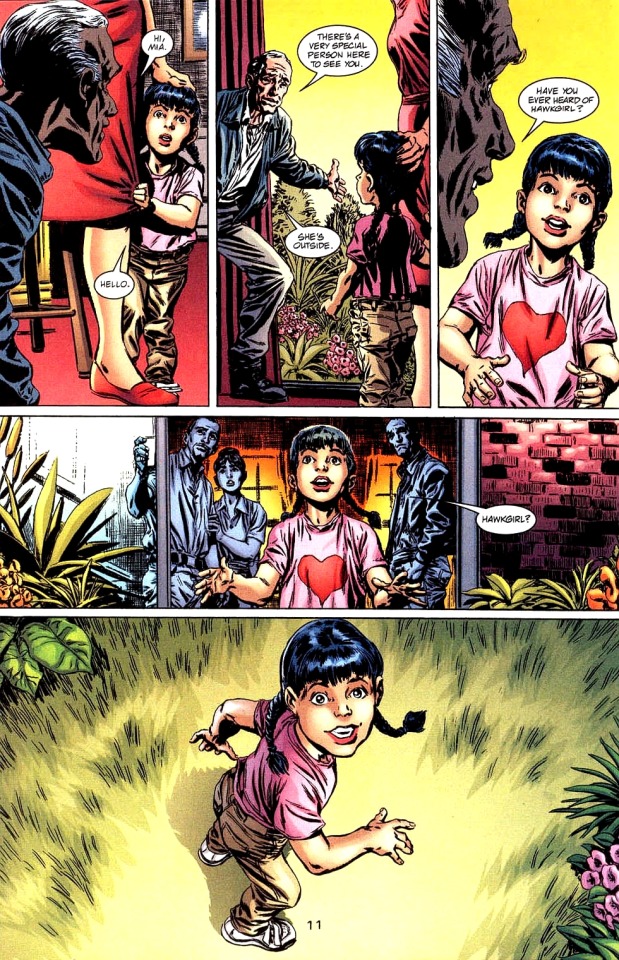



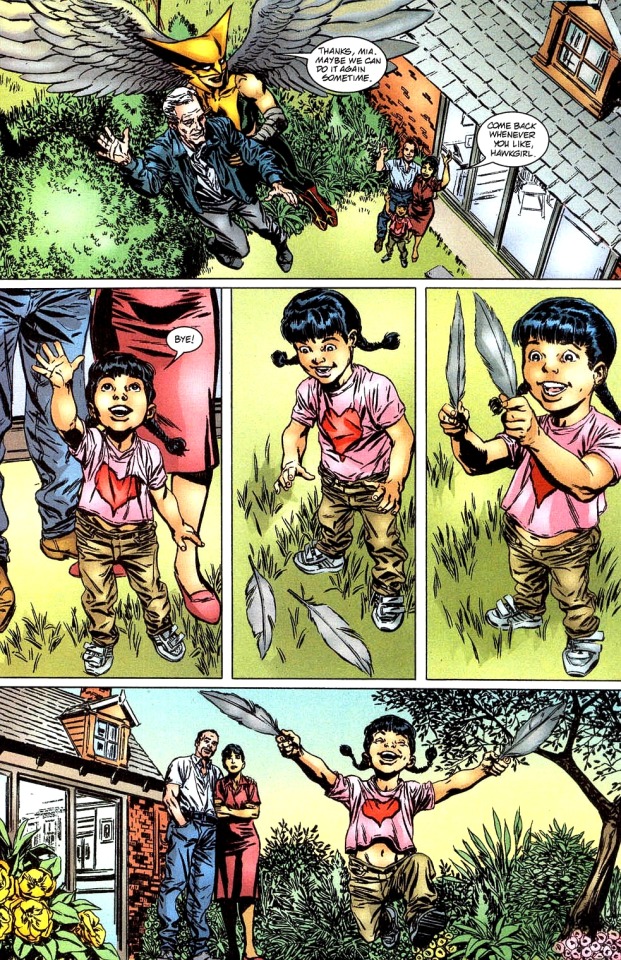

She’s beautiful, isn’t she? Like my mom was.
Kendra Saunders in JSA: All Stars (2003) #2
#jsa: all stars#jsa: all stars 2003#kendra saunders#hawkgirl#speed saunders#jsa#justice society of america#phil winslade#dc#dc comics#dcedit#comicedit#comicsedit#u can reblog#winslade's kendra design is unbelievably sexey. who said that
30 notes
·
View notes
Text
The Monthly Gravette #14
The Monthly Gravette #14
First off, let’s go through the books I bought this month – all of which I bought at a library sale, since by and large I’m trying to keep my book buying somewhat in check:
The New York Trilogy by Paul Auster – I’m curious about Auster’s work. I’m especially interested in his massive novel 4 3 2 1 (I do like my doorstoppers), but this seemed like a good place to start on his bibliography. I…
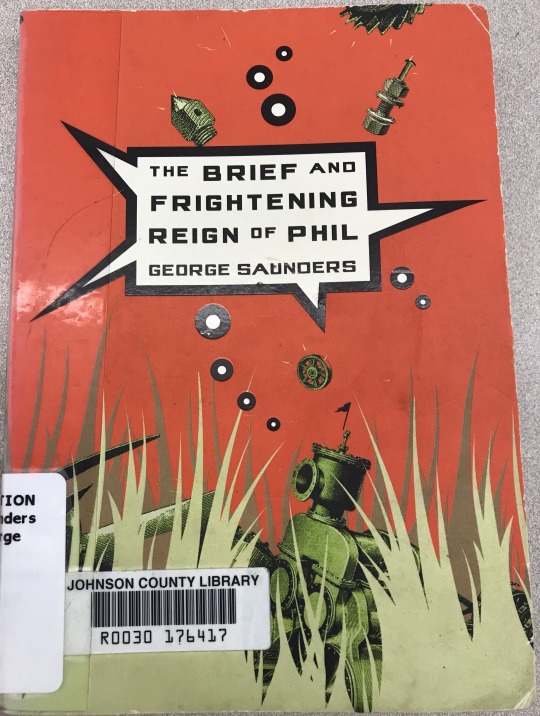
View On WordPress
#Arthur Nersesian#Book Reviews#Books#CW vomit#George Saunders#The Brief and Frightening Reign of Phil#The Fuck-Up#The Monthly Gravette
0 notes
Text

House is a music genre characterized by a repetitive four-on-the-floor beat and a typical tempo of 120 beats per minute as a re-emergence of 1970's disco. It was created by DJs and music producers from Chicago's underground club culture and evolved slowly in the early/mid 1980s, and as DJs began altering disco songs to give them a more mechanical beat. By early 1988, House became mainstream and supplanted the typical 80s music beat
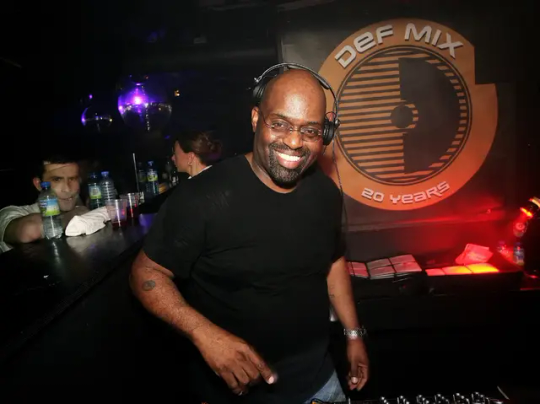
House was created and pioneered by DJs and producers in Chicago such as Frankie Knuckles, Ron Hardy, Jesse Saunders, Chip E., Joe Smooth, Steve "Silk" Hurley, Farley "Jackmaster" Funk, Marshall Jefferson, Phuture, and others. House music initially expanded internationally, to London, then to other American cities, such as New York City, and ultimately a worldwide phenomenon.

In its most typical form, the genre is characterized by repetitive 4/4rhythms including bass drums, off-beat hi-hats, snare drums, claps, and/or snaps at a tempo of between 120 and 130 beats per minute (bpm); synthesizerriffs; deep basslines; and often, but not necessarily, sung, spoken or sampled vocals. In house, the bass drum is usually sounded on beats one, two, three, and four, and the snare drum, claps, or other higher-pitched percussion on beats two and four. The drum beats in house music are almost always provided by an electronic drum machine, often a Roland TR-808, TR-909, or a TR-707. Claps, shakers, snare drum, or hi-hat sounds are used to add syncopation. One of the signature rhythm riffs, especially in early Chicago house, is built on the clave pattern. Congas and bongos may be added for an African sound, or metallic percussion for a Latin feel
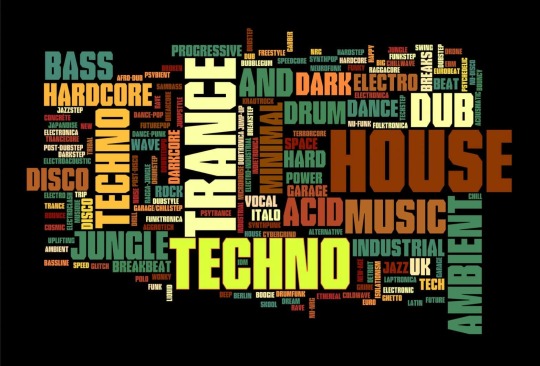
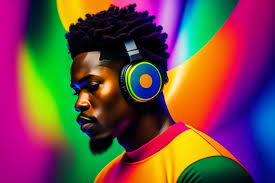
One book from 2009 states the name "house music" originated from a Chicago club called the Warehouse that was open from 1977 to 1982. Clubbers to the Warehouse were primarily African, gay men, who came to dance to music played by the club's resident DJ, Frankie Knuckles, who fans refer to as the "godfather of house". Frankie began the trend of splicing together different records when he found that the records he had were not long enough to satisfy his audience of dancers. After the Warehouse closed in 1983, eventually the crowds went to Knuckles' new club, The Power House, later to be called The Power Plant, and the club was renamed, yet again, into Music Box with Ron Hardy as the resident DJ. The 1986 documentary, "House Music in Chicago", by filmmaker, Phil Ranstrom, captured opening night at The Power House, and stands as the only film or video to capture a young Frankie Knuckles in this early era, right after his departure from The Warehouse.
In the Channel 4 documentary Pump Up the Volume, Knuckles remarks that the first time he heard the term "house music" was upon seeing "we play house music" on a sign in the window of a bar on Chicago's South Side. One of the people in the car joked, "you know that's the kind of music you play down at the Warehouse!" In self-published statements, South-Side Chicago DJ Leonard "Remix" Rroy claimed he put such a sign in a tavern window because it was where he played music that one might find in one's home; in his case, it referred to his mother's soul and disco records, which he worked into his sets

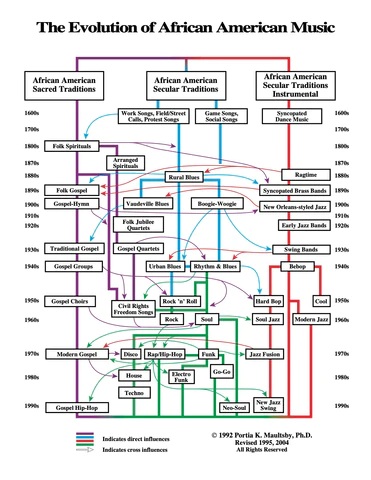
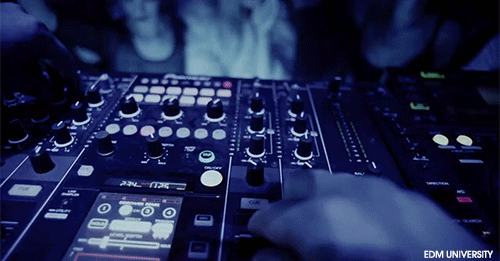
#house music#african music#chicago#african#afrakan#kemetic dreams#brownskin#africans#brown skin#afrakans#african culture#frankie knuckles#Farley “Jackmaster” Funk#dance#evolution of african american music
71 notes
·
View notes
Photo



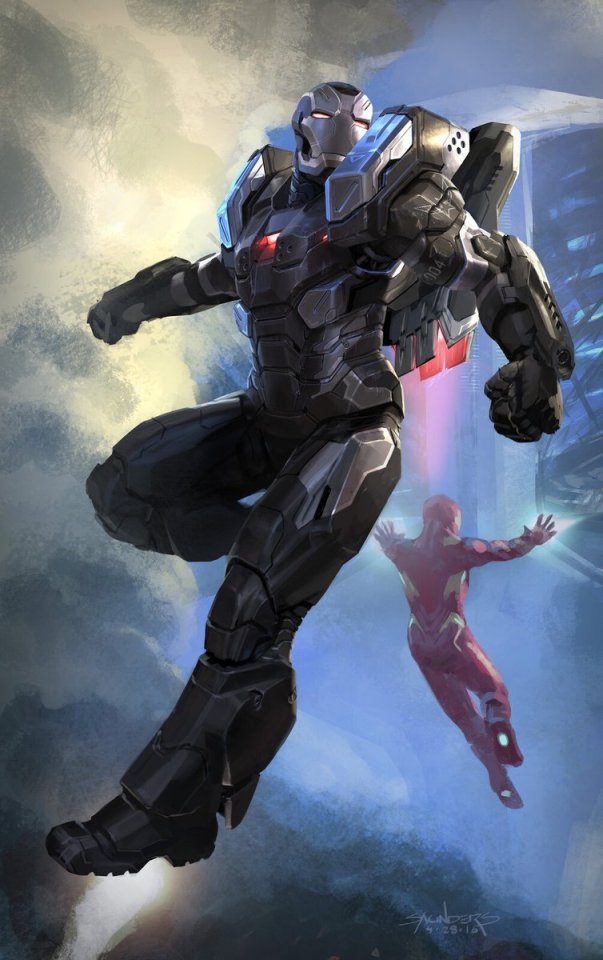
Avengers: Endgame (2019) Concept Art by Phil Saunders
MCU
33 notes
·
View notes
Text
#the swan princess#the prince of egypt#shrek#ferngully#millenial#an american tail#the road to el dorado#tarzan#anastasia#the lion king
216 notes
·
View notes
Text
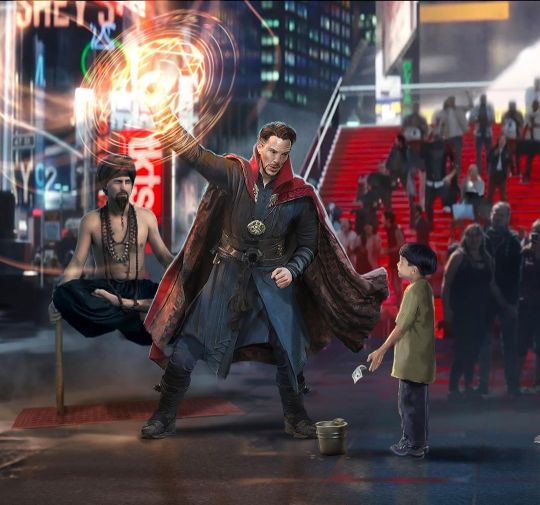
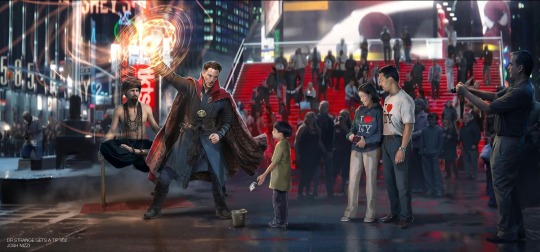


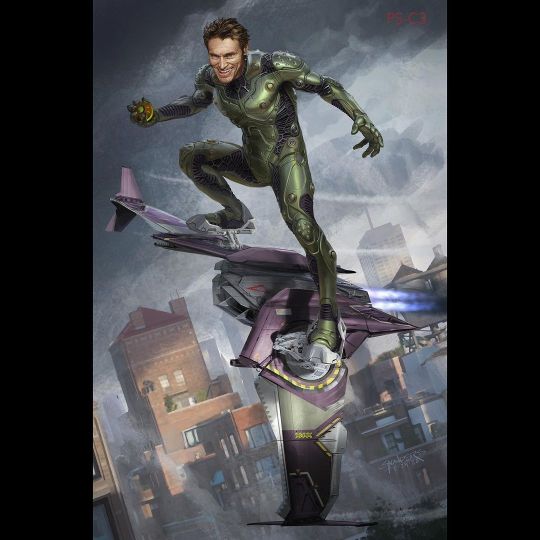
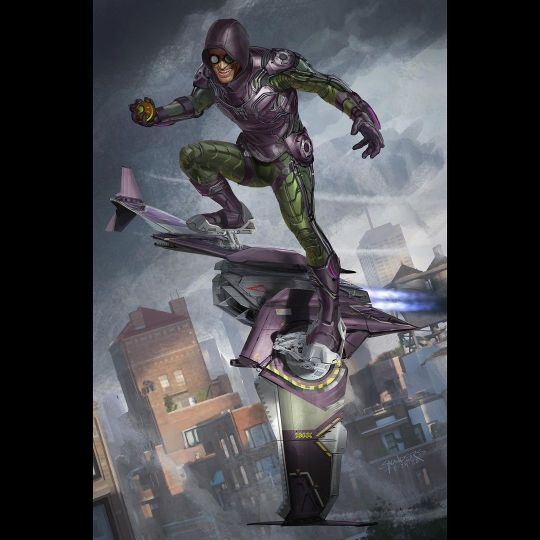

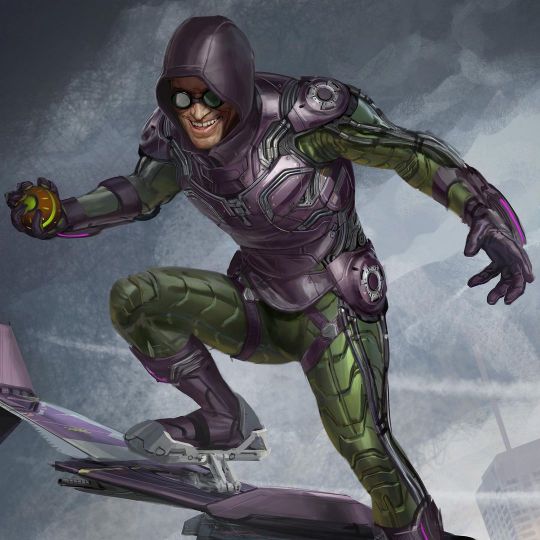
Spider-Man: No Way Home
Artist: Josh Nizzi / Phil Saunders
#josh nizzi#phil saunders#spider man no way home#spider man nmh#spider man#concept art#action movies#artwork#marvel#mcu
7 notes
·
View notes
Text
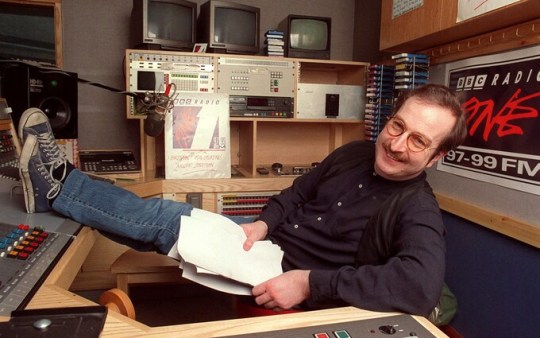
Steve Wright, who has died aged 69, helped to redefine the role of a disc jockey when he established his BBC Radio 1 afternoon show in the 1980s. To the usual formula of linking almost back-to-back music, he added gossip, trivia, guests from the world of entertainment such as Paul McCartney and Warren Beatty, and a general feeling of chaos that became known as the “zoo” format. It made him the most popular UK radio presenter of the era, with audiences of more than eight million.
“The show’s a little bit of everything you fancy,” he said. “I invented the format myself. It’s a tabloid newspaper of the airwaves – fast, fun and packed with info. Something for everyone.”
Some of the regular “guests” or “listeners” phoning in – including Mr Angry, Gervaise the hairdresser and Damian the social worker – were fictional spoof characters voiced by actors, while Phil Cornwell, whom Wright described as “a crazed, inspired genius”, provided impersonations of David Bowie, John Lennon, Robert De Niro, the Rolling Stones and others. Cornwell’s interactions with the DJ were improvised. A compulsive collector of information, Wright was particularly fond of the “factoids” and bizarre true stories he dug up to entertain his listeners.
Alongside the showbiz guests, Wright was also trusted by politicians, although things did not always go well. On one occasion he was waiting in the prime minister’s study at 10 Downing Street, preparing to conduct an interview with John Major, when he spotted two paracetamol tablets on a table. As he was suffering from a headache himself, he popped them into his mouth.
“When Mr Major walked in, I think he spotted the empty packets – because there was an immediate atmosphere,” recalled Wright. “He wouldn’t really loosen up. I asked him what clothes he liked to wear and he said, ‘Er, um, casual.’ I asked what sort of casual, but he wouldn’t be drawn.” However, Wright did elicit the revelation that the prime minister’s favourite record was the Marty Robbins western ballad El Paso. “A very strange song indeed,” observed the DJ.
Wright first took to the Radio 1 airwaves with a Saturday evening show in 1980 and, within weeks, was presenting Top of the Pops on BBC television. Then, he hosted the Saturday mid-morning show before switching to his long-running post-lunch weekday slot in a programme eventually titled Steve Wright in the Afternoon (1981-93).
At the beginning of 1994 he moved to the flagship Radio 1 breakfast show, titled Steve Wright in the Morning, in a bid by the BBC to halt declining ratings. He added 250,000 listeners within four months and kept a steady audience of seven million while audiences for other shows plummeted. Nevertheless, Wright walked out on his £165,0000-a-year job in 1995 – following differences with Matthew Bannister, the recently appointed controller of Radio 1 – and joined Talk Radio for an unhappy few months.
He was back at the BBC in 1996, switching to Radio 2 to present a Saturday show and launch Steve Wright’s Sunday Love Songs, a mix of classic songs, dedications and real-life romance stories, before returning to familiar territory in 1999 with Steve Wright in the Afternoon. When his departure from the afternoon slot was announced in 2022, he handed over typically graciously, saying “Now, I’ve been doing this programme for 24 years at Radio 2, and so how can I possibly complain? Really, I can’t hog the slot for ever, so let’s give somebody else a go.”
Wright was born in Greenwich, south-east London, and brought up in New Cross, the son of Richard Wright, who managed a Burton’s menswear store, and his wife, June (nee Saunders). Following the family’s move to Southend-on-Sea, Essex, Steve attended Eastwood high school, where he broadcast on school radio over a speaker system from the stock cupboard.
Leaving with three O-levels, he went through jobs as a shipping insurance company clerk, telephone engineer and backstage theatre worker, as well as running his own jingles business. He also had an unsuccessful stint singing on the club circuit, and worked in hospital radio in his spare time.
Joining the BBC in the early 70s, he spent three years working in its pop record library, digging out vinyl discs for DJs to play, followed by a period as a researcher in radio. He left in 1975 to host a show on Radio Atlantis in Belgium, then worked as a reporter and presenter on LBC in London.
In 1976, he moved to the newly launched commercial station Radio 210 in Reading, making promotional trailers and jingles before hosting his own show – he and a fellow 210 DJ, Mike Read, also contributed a pop column to the local newspaper, the Reading Chronicle. Wright switched to Radio Luxembourg three years later and returned to the BBC in 1980.
Radio fame brought Wright television appearances not just on Top of the Pops (1980-89), but also as a panellist on gameshows such as Blankety Blank (1987-89) and That’s Showbusiness (1990-93). He then became the presenter of Home Truths (1994), with celebrities answering general knowledge questions and revealing skeletons in their closet, and Steve Wright’s People Show (1994-95), featuring celebrity guests. From 1997 until 2009, he narrated the Top of the Pops archive footage programme TOTP2.
On radio, Wright’s other shows included Wright Around the World for the BBC World Service (1999-2003) and Radio 2’s Pick of the Pops (2022-24), and he continued to present Sunday Love Songs until his death.
He was appointed MBE in this year’s new year honours list.
In 1985, Wright married Cyndi Robinson; they divorced in 1999. He is survived by their children, Tom and Lucy, his father and his brother, Laurence.
🔔 Steve (Stephen Richard) Wright, radio and television presenter, born 26 August 1954; died 12 February 2024
Daily inspiration. Discover more photos at Just for Books…?
13 notes
·
View notes